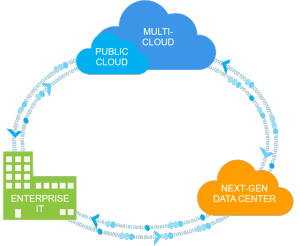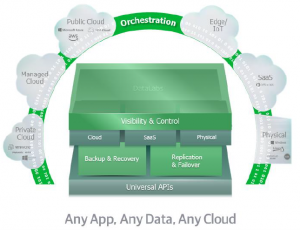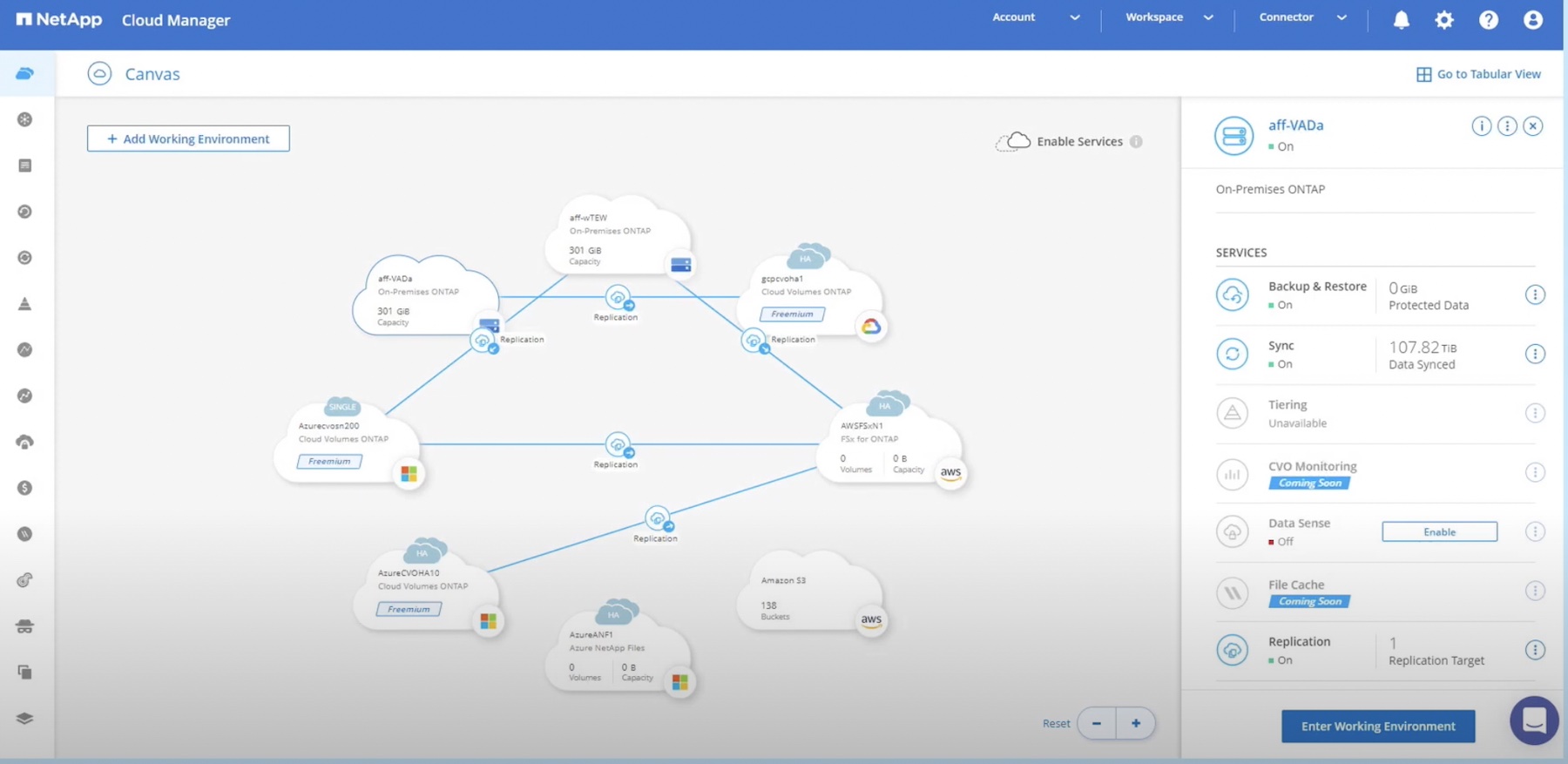The world of enterprise technology loves a problem and the subsequent struggle to solve it first. What’s the next enterprise holy grail everyone is racing to? Multi-Cloud. Multi-Cloud right now is a huge focus for many big tech providers. NetApp, Veeam, Juniper, VMware, IBM, Microsoft, are just a few I’ve recently heard discussing approaches to this challenge. But why? Is it really a problem? And why is it so hard to crack?

What is the problem?
There are many benefits that come with deploying infrastructure from a “cloud”. But when adopting a single provider, be it a local or hyperscale behemoth, it also comes with challenges. I spoke with a business recently that highlighted just some of them from the unacceptable risk of supplier “lock-in” to the technical restrictions of their provider’s current platform. Therefore, the need to have an infrastructure that can take advantage of multiple “clouds.” This represents a significant advantage not only on technical merits, but also in reducing commercial risk.
But for all the value and potential benefit that is driving interest in “multi-cloud”, there is a problem. Cloud, and by extension multi-cloud, is hard. Using a single cloud, especially when we talk public hyperscale, is complicated. Infrastructures are difficult and consumption models complex. When you add multiple providers, each with their own complexities, then you can see why an organisation may shy away.
It is that complexity that presents an opportunity for the technology industry. If you could remove complexity, simplify the management of multiple clouds, and allow resources to move between them while maintaining security, compliance, and control then you have a real winning approach. However, this is easier said than done.
What is the approach?
The number of approaches to this problem are almost as numerous as the companies pursuing them, but there are some underlying similarities. At the heart of the multi-cloud approach is consistency, the ability to present a consistent platform regardless of the technological implementation. Consistency that extracts the differences and complexity of the different platforms is crucial to providing a successful multi-cloud approach.
What do we mean by consistent platform?
The best way I can think to describe this is to understand the approaches that some of the technology vendors are taking when they discuss multi-cloud. By way of example, I’ve picked three vendors who have taken different approaches to providing consistency.
Consistent Storage (NetApp)

Image courtesy of NetApp
NetApp’s Data Fabric is at the heart of their strategy for multi-cloud. The fabric is built upon their ONTAP operating system, which as a piece of software can be installed in any suitable location, from custom hardware to public cloud. This provides a consistent endpoint, a common file system and operations model in each location, allowing data to move easily between platforms and without the need for transformation.
Crucially, this consistency means that not only is data moved easily, our data can continue to be controlled with same tools, procedures, and policies we use within the enterprise. Allowing Organizations too maintain security, governance, and control in each cloud location.
Consistent Compute (VMware)
In the late 90’s VMware introduced us all to the idea of consistent hardware platforms. Their approach to extracting the complexity of the underlying hardware and providing a common and simplified platform to any virtual machine we create is, today, the de facto standard for deploying compute resources. It is this consistent environment presentation, regardless of the underlying hardware, that brings us the flexibility that is commonplace in our datacenters.
It’s not a huge leap from here to extend that capability into the public cloud. In fact, if you look at VMware’s website, you see their statement of intent “Consistent Operations Across all Clouds.” We are starting to see this develop with VMware Cloud on AWS, as well as relationships with providers such as IBM.
It is this already familiar approach from VMware of abstracting the complexities of underlying architectures that makes them an attractive proposition. Presenting enterprise IT teams with tools they already know means that they can quickly adopt new platforms regardless of their location, move resources between them, and maintain many of their existing work practices, management tools, policies, and procedures.
Orchestrate (Veeam)
What if consistency at a lower level such as compute or storage is not practical? How else can we take on the multi-cloud challenge? A third approach is to look at providing a layer that sits over our multiple cloud platforms and orchestrates the movement and management of resources between them.

Image courtesy of Veeam
This approach is the one adopted by Veeam as part of their “Intelligent data management” and “Hyper Availability” strategy.
Veeam is talking publicly about a strategy that takes data and availability “from manual management to intelligent automation” to “enable the provisioning and management of the massive, constant flows of data running across highly distributed, multi-cloud infrastructures.” This statement is almost the definition of the multi-cloud challenge. Veeam’s aim to automate and orchestrate that operation allows them to act as the single consistent interface for your enterprise operations.
Summary
There is no doubt that multi cloud has advantages, specifically overcoming some of the restrictions and risk of a single cloud approach. But as we’ve discussed, it’s hard. However, tech companies are very focussed on trying to deliver a solution. They see the opportunity that comes with getting a multi cloud platform approach right. Right now, no one company has all the answers but many of them have the right idea, and not just the three examples here. The reality is it may never be one company who deliver your multi-cloud platform, it may be a mix of them, but if they can deliver a manageable and secure platform to do it, that is going to be a huge benefit to organizations of all kinds.
Let battle for the grail commence (and avoid any grail-shaped beacons)!




